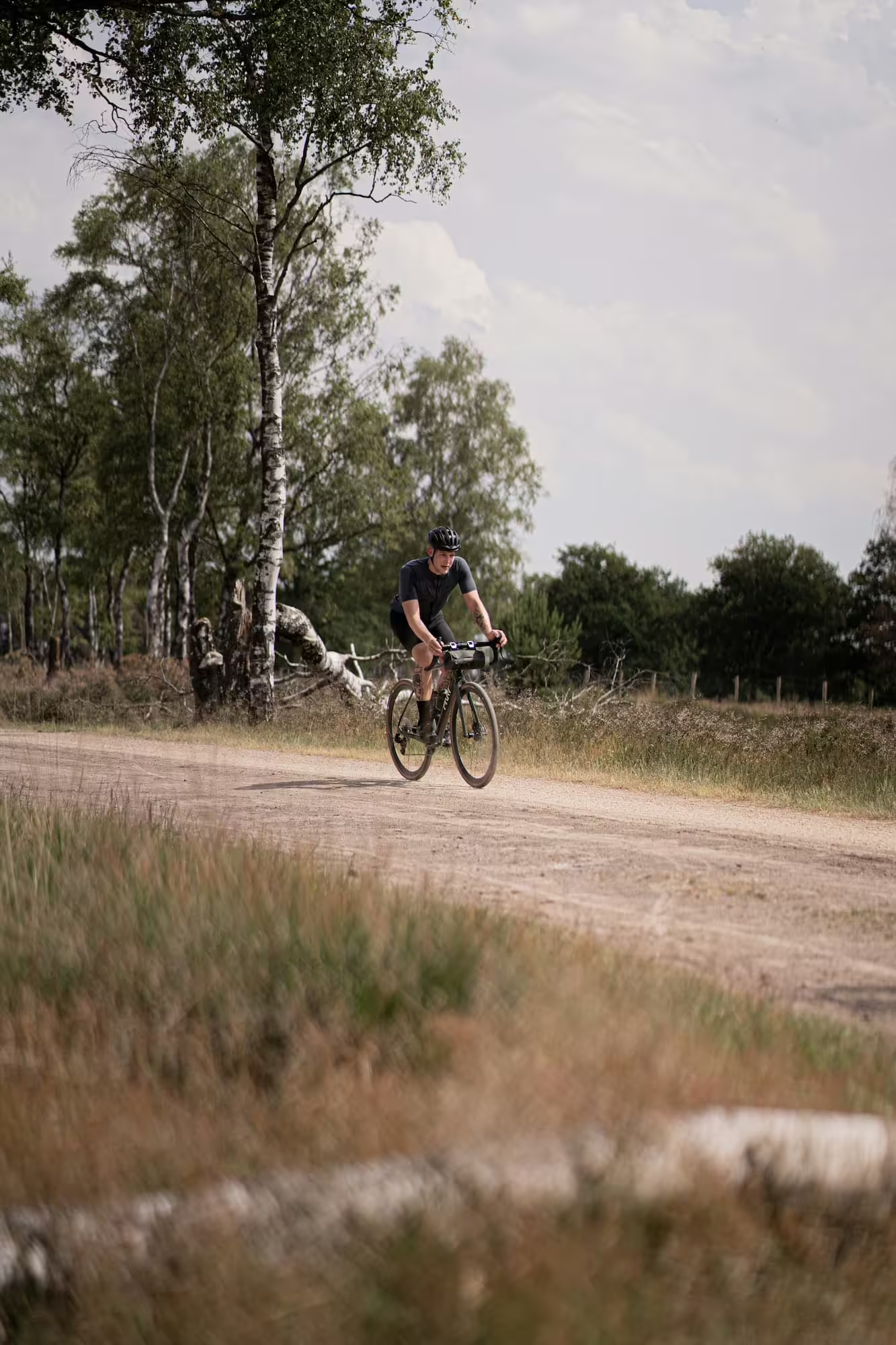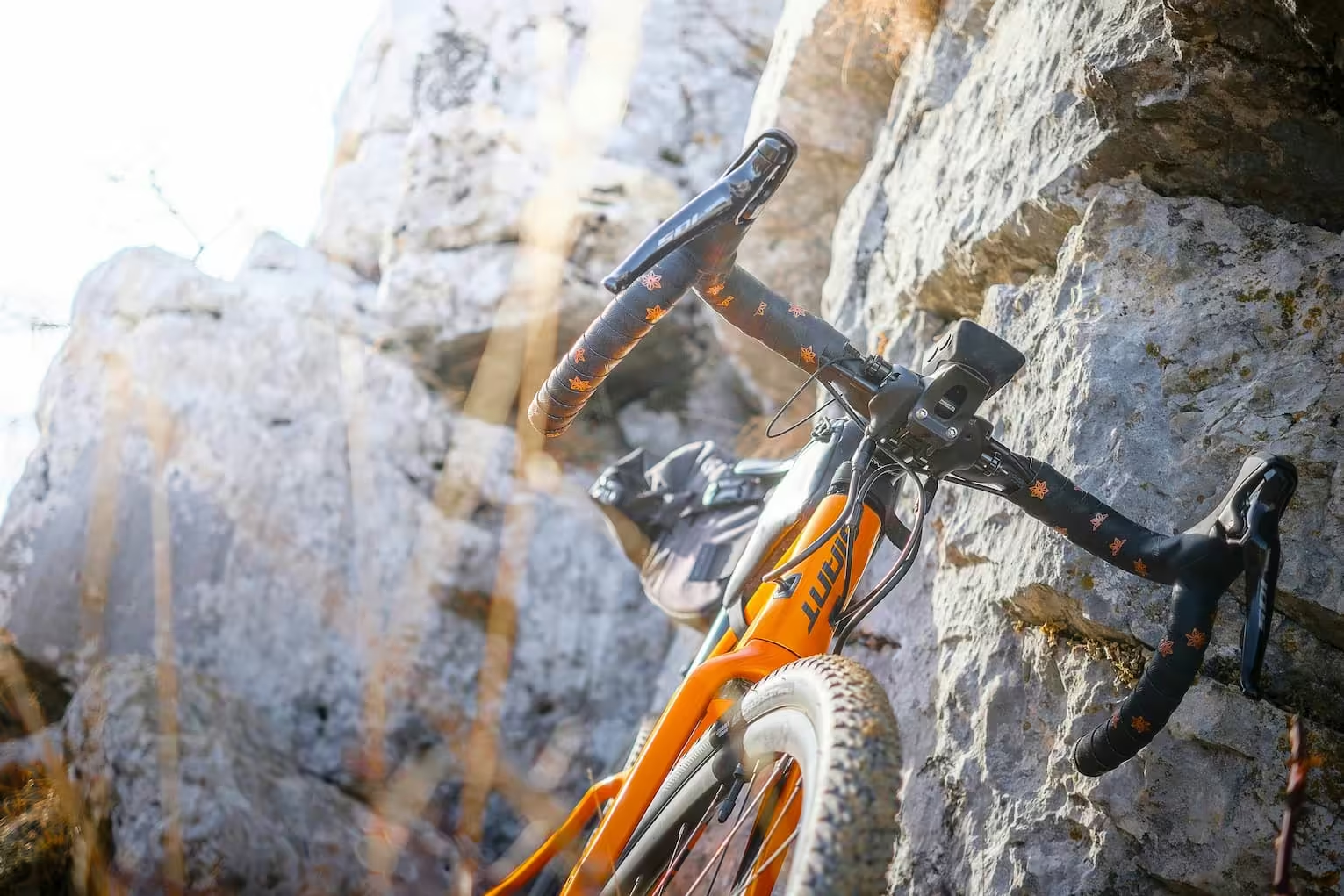
Riding Through History: Tasmania's East Coast
Discover the rich history of Tasmania's East Coast as you pedal through time on these historic gravel routes.
The gravel routes of Tasmania's East Coast offer more than just stunning scenery and challenging terrain. They provide a unique window into the region's rich history, from Aboriginal heritage to colonial settlements, mining operations to agricultural development. Each pedal stroke takes you deeper into stories that have shaped this remarkable landscape.
Aboriginal Heritage
The East Coast has been home to the Palawa people for thousands of years. Many of our modern gravel routes follow ancient pathways used for seasonal movement and trade.
The Bay of Fires Connection
The Bay of Fires, known as Larapuna to the Palawa people, was a significant meeting place and source of food. The coastal trails we ride today often follow traditional pathways used to access shellfish beds and fishing spots.
"These routes have been traveled for thousands of years. We're just the latest in a long line of people moving through this landscape." — Local historian Dr. Jane Cooper
Shell middens along the Bay of Fires coastline tell stories of thousands of years of Aboriginal occupation
Colonial History
The Convict Roads
Many of our gravel routes follow roads built by convict labor in the early 1800s. These roads connected the region's first settlements and were crucial for the development of the East Coast.
Notable Sections:
- St Helens to Bicheno convict road
- The original track to Douglas-Apsley
- Early settlement routes around Binalong Bay
A convict-built bridge still in use on the St Helens to Bicheno route
Mining Heritage
The East Coast's mining history is particularly evident in the Binalong Bay area, where tin mining operations shaped the landscape and created many of the tracks we now ride.
Key Mining Sites:
- The Blue Tier mining area
- The Storys Creek tin fields
- The Mathinna gold fields
Agricultural Development
The Farming Landscape
The development of agriculture in the region has left its mark on the landscape, with many gravel routes following old farm tracks and property boundaries.
Notable Features:
- Historic farm buildings
- Original property fences
- Early irrigation systems
An early 1900s farm building stands as a reminder of the region's agricultural heritage
Conservation History
The National Parks Story
The establishment of national parks like Douglas-Apsley and Freycinet has preserved many historic routes while protecting the natural environment.
Key Conservation Areas:
- Douglas-Apsley National Park
- Freycinet National Park
- The Bay of Fires Conservation Area
Riding Through Time
The St Helens Heritage Loop
This 40km route takes you through the heart of St Helens' history, connecting key heritage sites and offering insights into the town's development.
Highlights:
- Original town site
- Historic wharf area
- Early settlement buildings
The Bicheno Historical Trail
A 35km route that showcases Bicheno's development from a whaling station to a modern tourist destination.
Key Points of Interest:
- The original whaling station site
- Historic lighthouse
- Early settlement remains
The historic Bicheno lighthouse, a landmark for early maritime navigation
Preserving History
Conservation Efforts
Local groups work to preserve and interpret the historical significance of our gravel routes:
- Maintenance of historic structures
- Installation of interpretive signage
- Documentation of heritage sites
Planning Your Historical Ride
Best Times to Visit
- Spring and autumn offer comfortable riding conditions
- Early morning rides provide the best light for photography
- Consider timing your visit with local heritage events
What to Bring
- Camera for documenting historic sites
- Guidebook or historical notes
- Respect for heritage sites and structures
Final Thoughts
Riding the gravel routes of Tasmania's East Coast is more than just a cycling experience – it's a journey through time. Each route tells a story, connecting us to the people and events that have shaped this remarkable region.
By understanding and appreciating the historical significance of these routes, we can better appreciate the landscape we ride through and ensure its stories are preserved for future generations.
Remember to ride respectfully, taking time to learn about and appreciate the rich history beneath your wheels. These routes are not just paths for recreation – they're living connections to our past.
Related articles

A perfect 3-day itinerary to experience the best of Tasmania's East Coast gravel riding.

The passionate locals behind the growing network of gravel routes in the Break O'Day region.